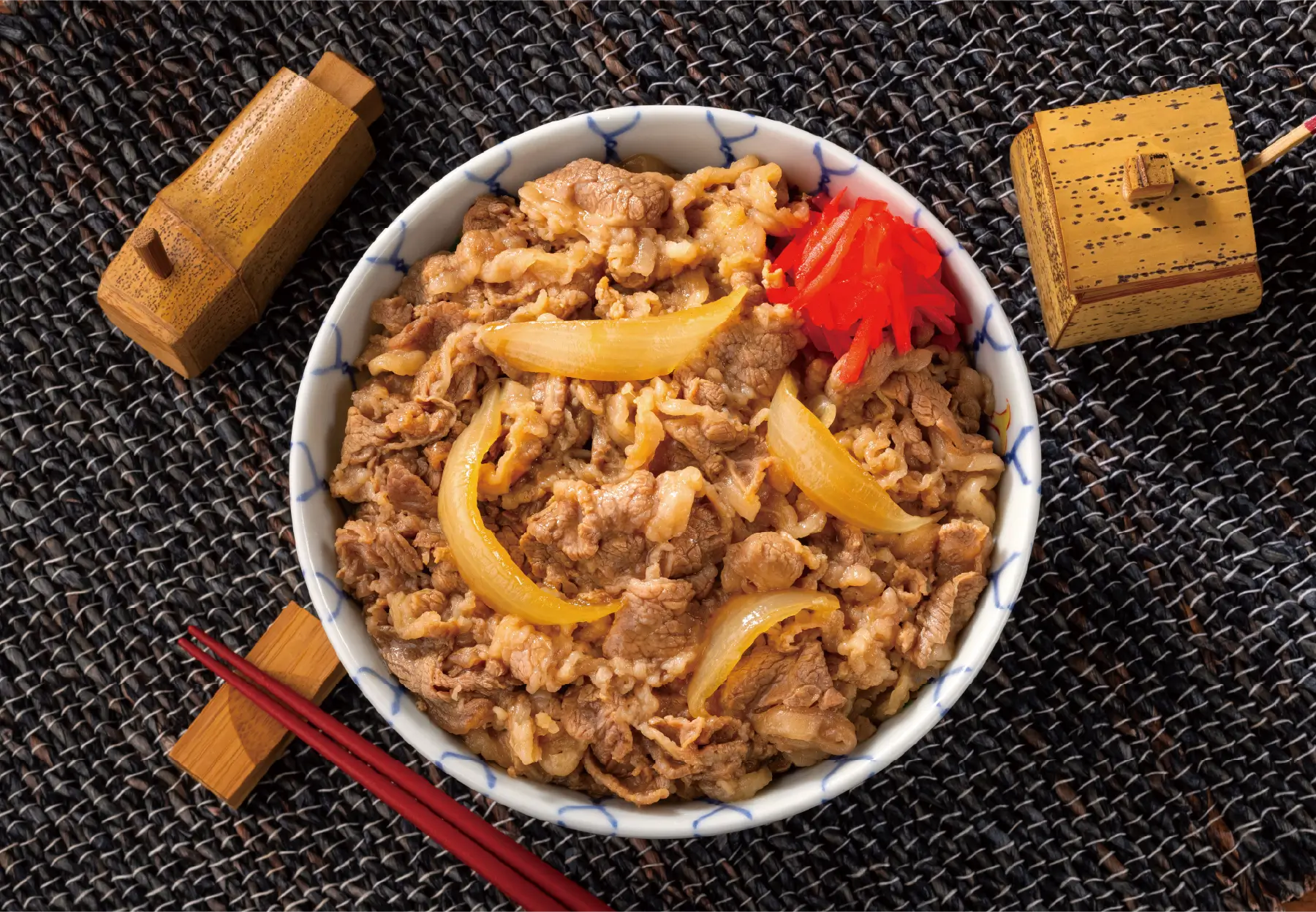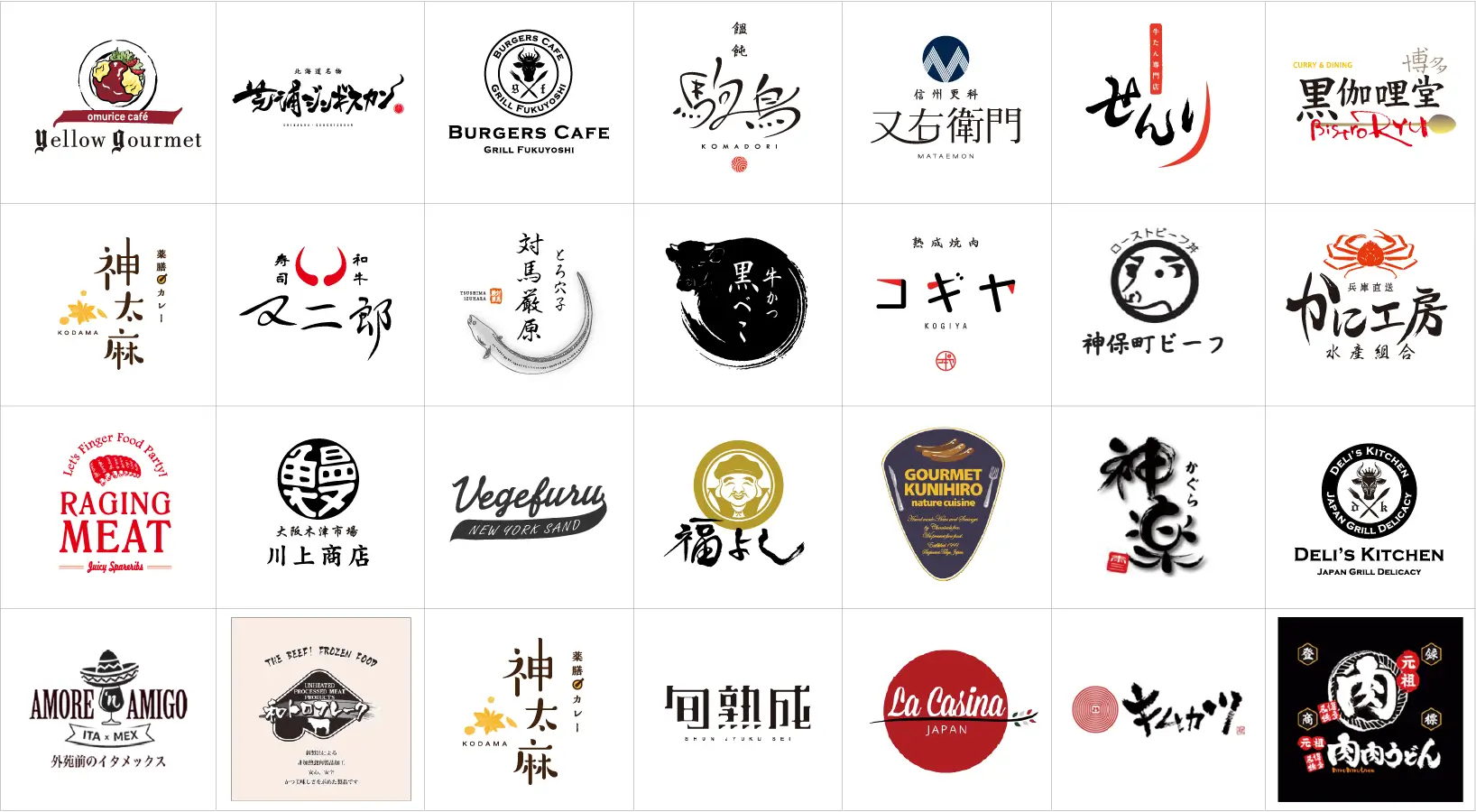Experience the ultimate Japanese
signature dish, GYU-DON,
a beef sukiyaki bowl.

Experience the ultimate Japanese
signature dish, GYU-DON,
a beef sukiyaki bowl.



Drawing inspiration from the rich history of sukiyaki beef bowls, GYU-DON has become a beloved fast food staple in Japan. Now, we're thrilled to bring this mouthwatering delight to your table.
In the wake of the Meiji Restoration, Japan witnessed a surge in meat consumption. It was during this culinary revolution that Gyu-Don emerged, evolving from the flavors of the famous beef hotpot, sukiyaki. By the 1890s, Gyu-Don had captured the hearts and palates of Tokyo locals, establishing itself as a quick and satisfying rice bowl option.
Imagine a steaming bowl of fluffy rice adorned with tender, mildly sweet-flavored beef and caramelized onions.The synergy of these ingredients creates a harmonious melody of flavors that will transport your taste buds to the vibrant streets of Japan.
GYU-TARO stays true to tradition by incorporating genuine Japanese fermented sauces. The combination of Soy Sauce and Mirin, renowned for their ability to enhance sweetness and achieve a perfect balance of rich Umami essence.
The mastermind responsible for crafting GYU-TARO is Chef Yuko Murakami, based in NYC. Drawing on her extensive expertise and passion for authentic Japanese cuisine, Chef Yuko has ingeniously adapted the recipe to suit the ingredients available in the United States, ensuring that the flavors remain uncompromised.

TGAL Inc. (Headquarters: Chiyoda- Ku, Tokyo) was founded in 2013 by Yasuhiro Kono to solve the issue of inefficient food delivery in Japan by turning restaurants into multi-concept kitchens. TGAL’s network has grown to over 1,400 host kitchens and over 100 brands ranging from Michelin star cuisine to notable Japanese chains to purpose-created virtual brands, reproducing the authentic taste that has been handed down from famous stores and hidden local gems in various locations.
TGAL also operates over 100 vertically-integrated multi-concept ghost kitchens that include order generation, food preparation, and delivery by TGAL couriers directly to customers. TGAL Inc. owns more than 110 existing Japanese food brands (concepts) to the 110 mixed-brand kitchens of the founding model. These brands are all highly popular existing restaurants in Japan with their own websites. The company has partnered with over 1,200 restaurants and operates an AETA WORLD (Page 5) that offers multiple brands on a subscription basis.


Fermented foods have been a popular preservation method in Japan throughout its culinary history. With over 3,000 kinds of pickles alone, fermented foods are inseparable from traditional Japanese cuisine. Additionally, we now better understand with the health benefits and umami flavor.
Fermentation was first used in Japan as a preservation technique for all type of foods, from meat to vegetables. Japan’s climate is ideal for fermentation as being surrounded by the sea allowed the entire region of the country to be rich in salt, the essential ingredient for the fermentation process. Different regional techniques were born throughout the country as fermentation specialists took pride in their flavors.
Koji mold, which historically only existed in Japan, was identified in the 1300s and certified as a “national fungus” in 2006. Koji is the core ingredient in world-famous ingredients such as soy sauce and miso, which soon became staples in Japanese households. Thanks to koji, ingredients such as soy sauce became very popular and can be found in pantries and kitchens around the world.
Koji is also a key ingredient in sake, recipes for which have been passed on from generation to generation down family businesses. Koji heightens the umami flavor in Japanese cuisine, creating a delicate balance between sweet and salt.
Fermentation is known to bring health benefits, including aiding in digestion, and lowering blood pressure and inflammation, effects that may reduce the risk of certain diseases.
In 2013, Japanese cuisine, or ‘washoku,’ was officially recognized as a UNESCO Intangible Cultural Heritage, one of UNESCO’s three major cultural programs. UNESCO recognized what many in Japan already knew, namely the unique characteristics of Washoku that include “showing respect for inherent flavors,” contributing to an “exceptionally well-balanced and healthy diet,” creating an “expression of natural beauty and changing seasons,” and fostering “close connections with annual events.”